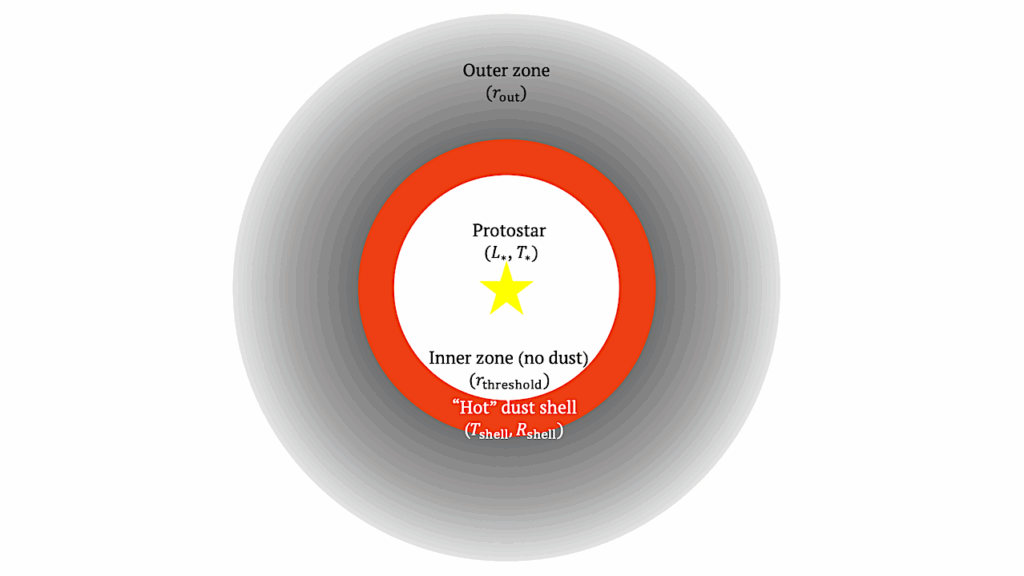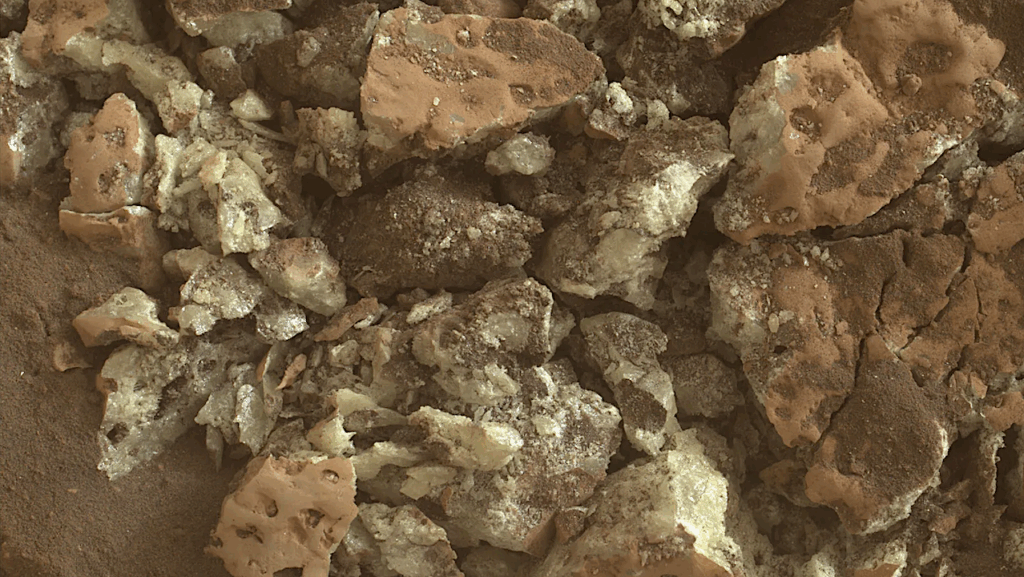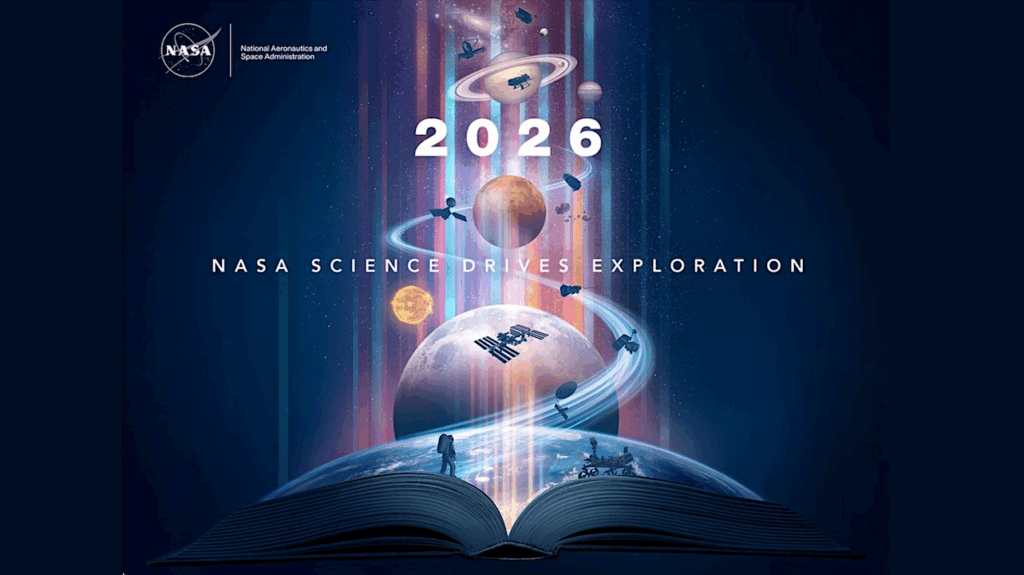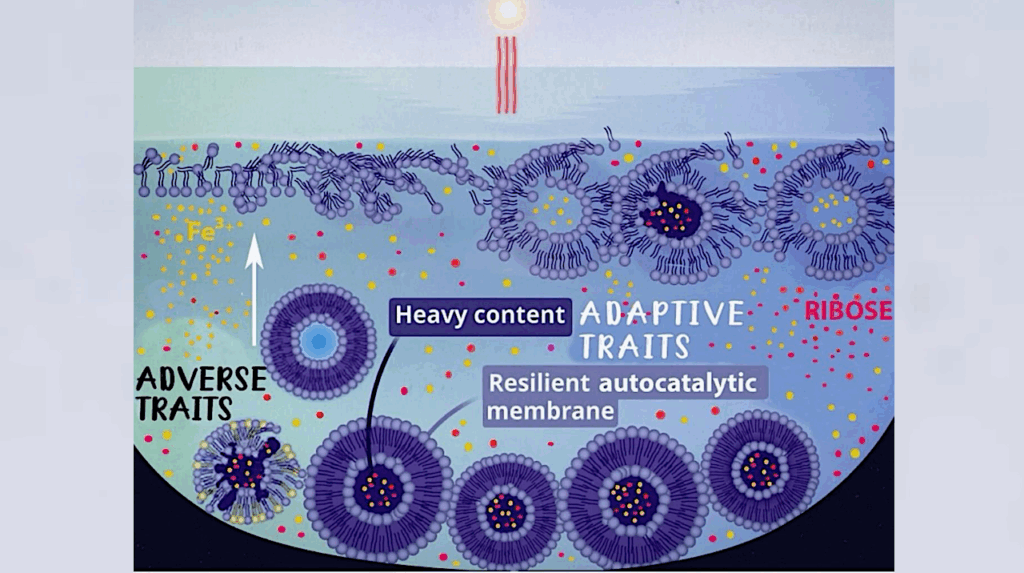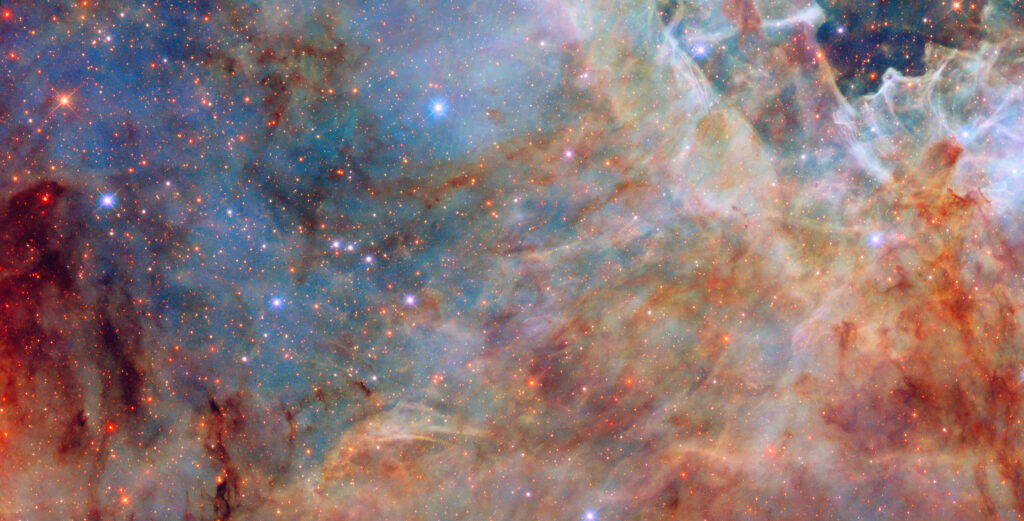Taurus And Perseus – New Collisional Rates For HCN, HNC, And Their C, N, And H Isotopologues
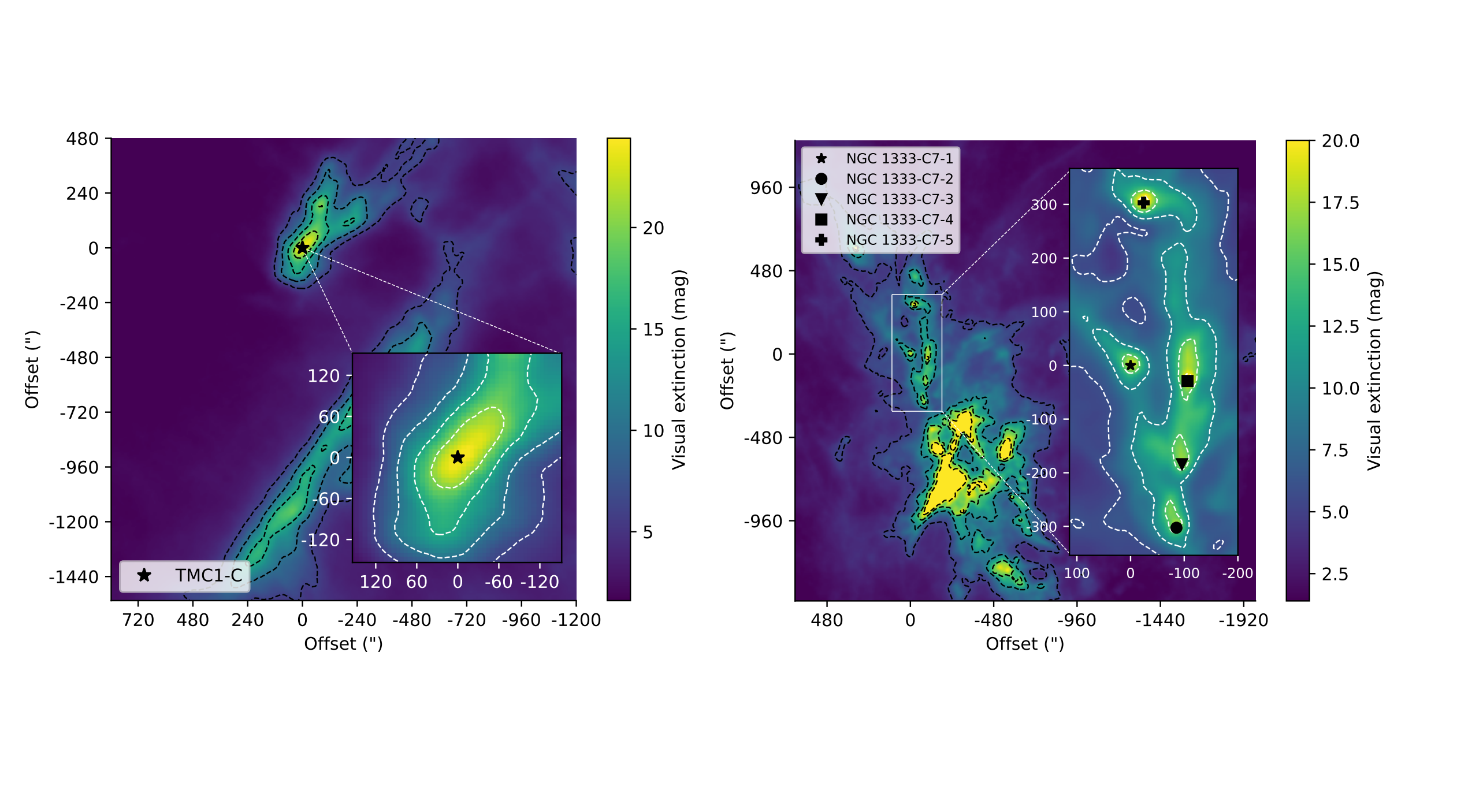
HCN, HNC, and their isotopologues are ubiquitous molecules that can serve as chemical thermometers and evolutionary tracers to characterize star-forming regions.
Despite their importance in carrying information that is vital to studies of the chemistry and evolution of star-forming regions, the collision rates of some of these molecules have not been available for rigorous studies in the past.
We perform an up-to-date gas and dust chemical characterization of two different star-forming regions, TMC 1-C and NGC 1333-C7, using new collisional rates of HCN, HNC, and their isotopologues. We investigated the possible effects of the environment and stellar feedback in their chemistry and their evolution. With millimeter observations, we derived their column densities, the C and N isotopic fractions, the isomeric ratios, and the deuterium fractionation.
The continuum data at 3 mm and 850 μm allowed us to compute the emissivity spectral index and look for grain growth as an evolutionary tracer. The H13CN/HN13C ratio is anticorrelated with the deuterium fraction of HCN, thus it can readily serve as a proxy for the temperature. The spectral index (β∼1.34−2.09) shows a tentative anticorrelation with the H13CN/HN13C ratio, suggesting grain growth in the evolved, hotter, and less deuterated sources.
Unlike TMC 1-C, the south-to-north gradient in dust temperature and spectral index observed in NGC 1333-C7 suggests feedback from the main NGC 1333 cloud. With this up-to-date characterization of two star-forming regions, we found that the chemistry and the physical properties are tightly related.
The dust temperature, deuterium fraction, and the spectral index are complementary evolutionary tracers. The large-scale environmental factors may dominate the chemistry and evolution in clustered star-forming regions.
Linking The dust and chemical evolution: Taurus and Perseus – New collisional rates for HCN, HNC, and their C, N, and H isotopologues
D. Navarro-Almaida, C. T. Bop, F. Lique, G. Esplugues, M. Rodríguez-Baras, C. Kramer, C. E. Romero, A. Fuente, P. Caselli, P. Riviére-Marichalar, J. M. Kirk, A. Chacón-Tanarro, E. Roueff, T. Mroczkowski, T. Bhandarkar, M. Devlin, S. Dicker, I. Lowe, B. Mason, C. L. Sarazin, J. Sievers
Comments: 25 pages, 20 figures
Subjects: Astrophysics of Galaxies (astro-ph.GA)
Cite as: arXiv:2212.07675 [astro-ph.GA] (or arXiv:2212.07675v1 [astro-ph.GA] for this version)
https://doi.org/10.48550/arXiv.2212.07675
Focus to learn more
Submission history
From: David Navarro-Almaida
[v1] Thu, 15 Dec 2022 09:18:37 UTC (1,671 KB)
https://arxiv.org/abs/2212.07675
Astrobiology, Astrochemistry


